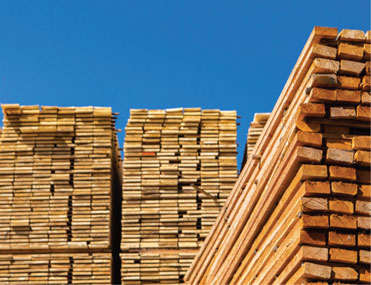The Clean Energy Finance Corporation (CEFC) is seeking to transform Australia’s approach to large-scale building construction, with a new $300 million program to encourage mass timber construction across the property sector. The approach has the potential to substantially cut construction related emissions, providing a greener alternative to conventional construction materials.
The CEFC, which invests on behalf of the Australian Government, has created its Timber Building Program on the back of new CEFC research confirming the critical need to transform our approach to construction if we are to achieve an economy-wide transition to net zero emissions.
CEFC CEO Ian Learmonth said: “Timber has been used in construction for generations. Innovations in engineered wood products have created new opportunities for mass timber construction to be used in larger projects, creating the potential for immediate and long-term environmental benefits.
“Our new Timber Building Program will help finance this transition by encouraging owners, developers and builders to use lower carbon engineered wood products in their projects. The CEFC has a strong track record in financing new market developments, from large-scale solar to cleantech start-ups. We are excited to bring this expertise to sustainable construction.”
Through the Timber Building Program the CEFC has allocated up to $300 million in debt finance for eligible projects Australia wide—including commercial offices, retail, industrial, healthcare and education. Finance may also be available for multi-residential apartments, seniors living and student accommodation projects. Concessional finance may be available under certain circumstances.
Eligible projects will be considered on a case-by-case basis and may include those which:
- Use low carbon engineered wood products in large-scale construction
- Have secured appropriate materials source, accreditation and embodied carbon outcomes
- Require $20 million-$75 million in CEFC debt finance
- Are commercially sound, reflecting the rigorous investment requirements of the CEFC
- Comply with the CEFC Investment Policies, Guidelines and Risk Approach
Embodied carbon produces some 28 per cent of emissions in building and construction globally, and is expected to account for almost half the emissions of new construction by 2050. The use of timber reduces embodied carbon by up to 75 per cent compared to the use of conventional steel and concrete.






